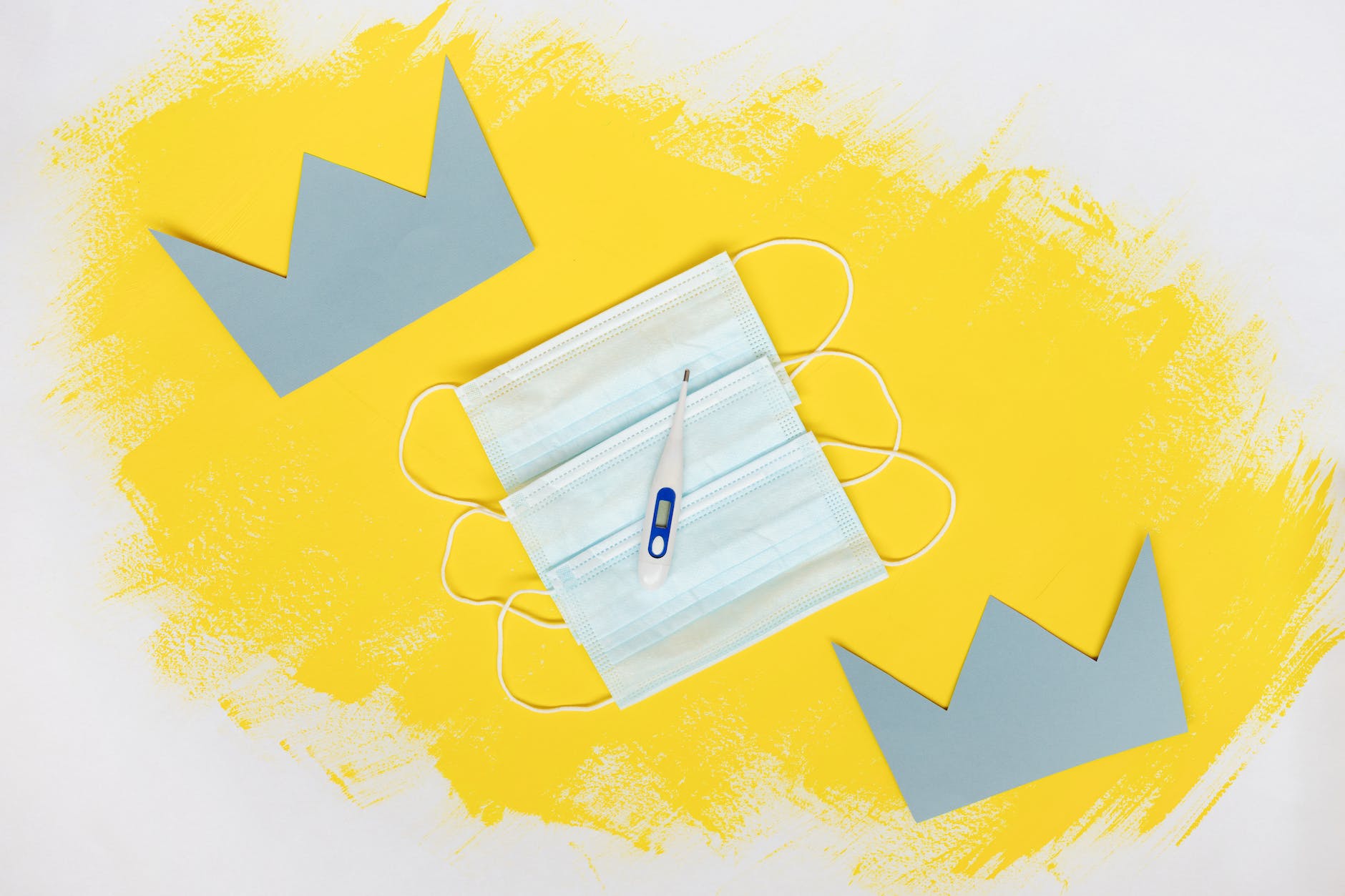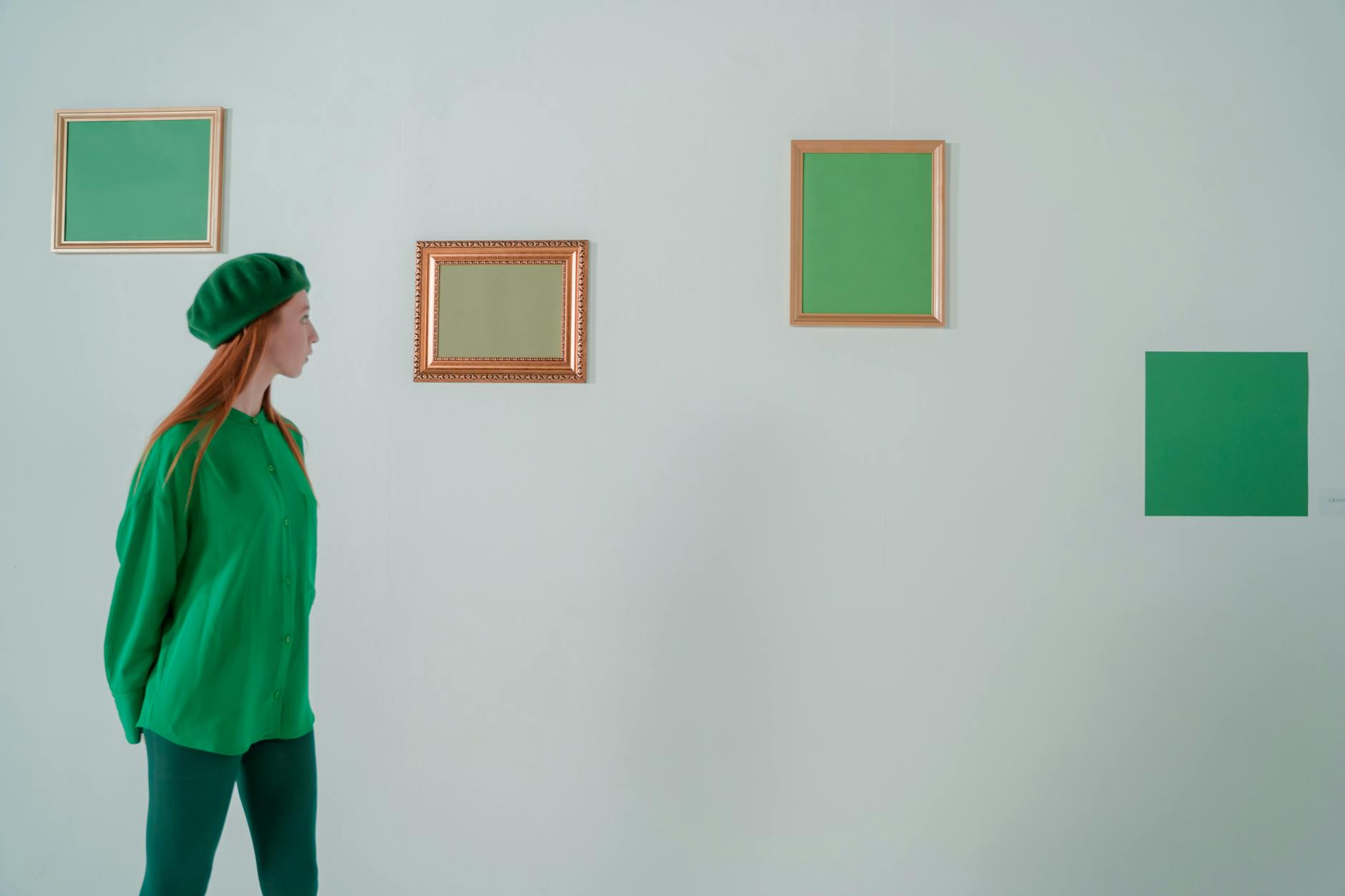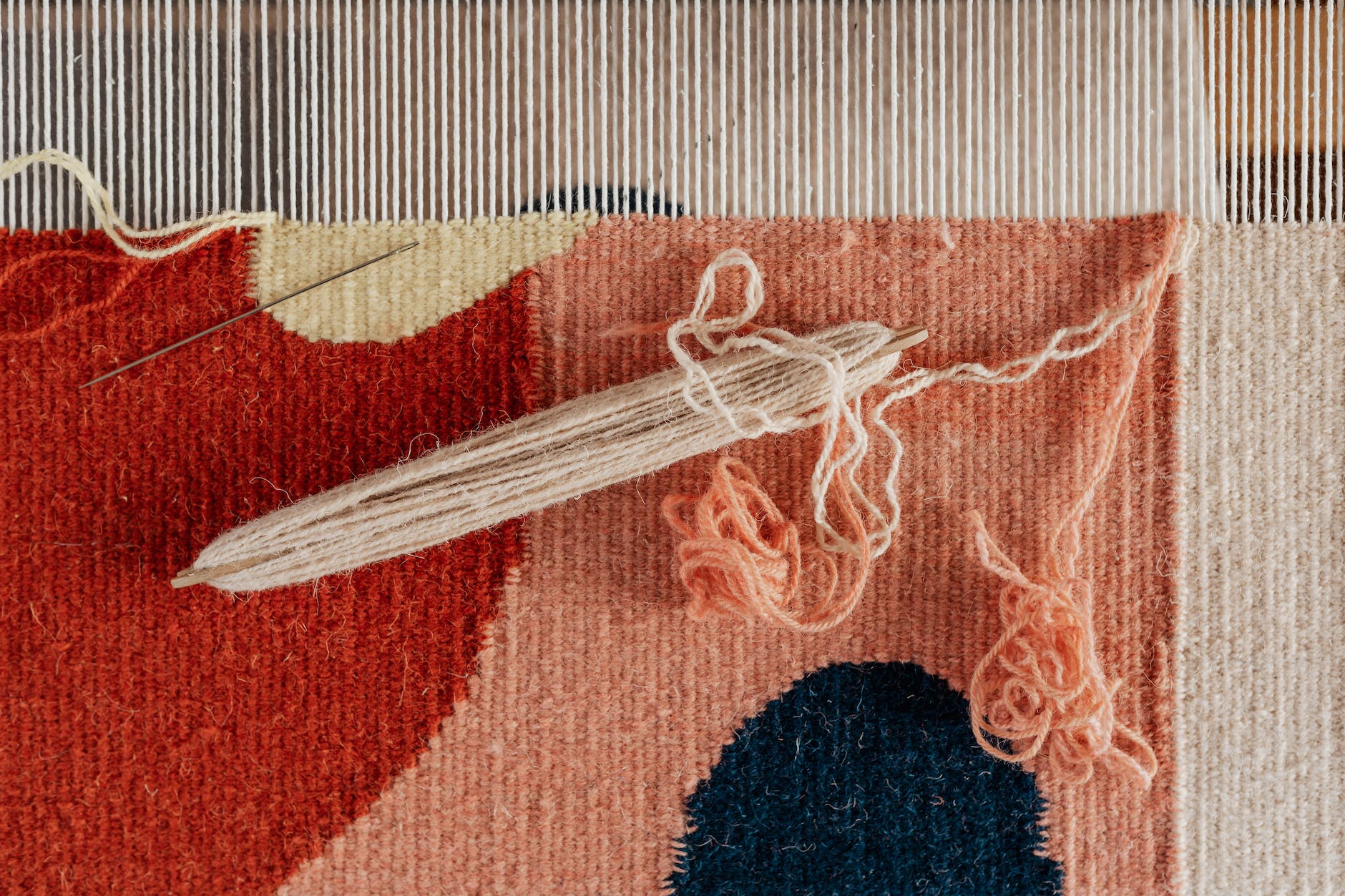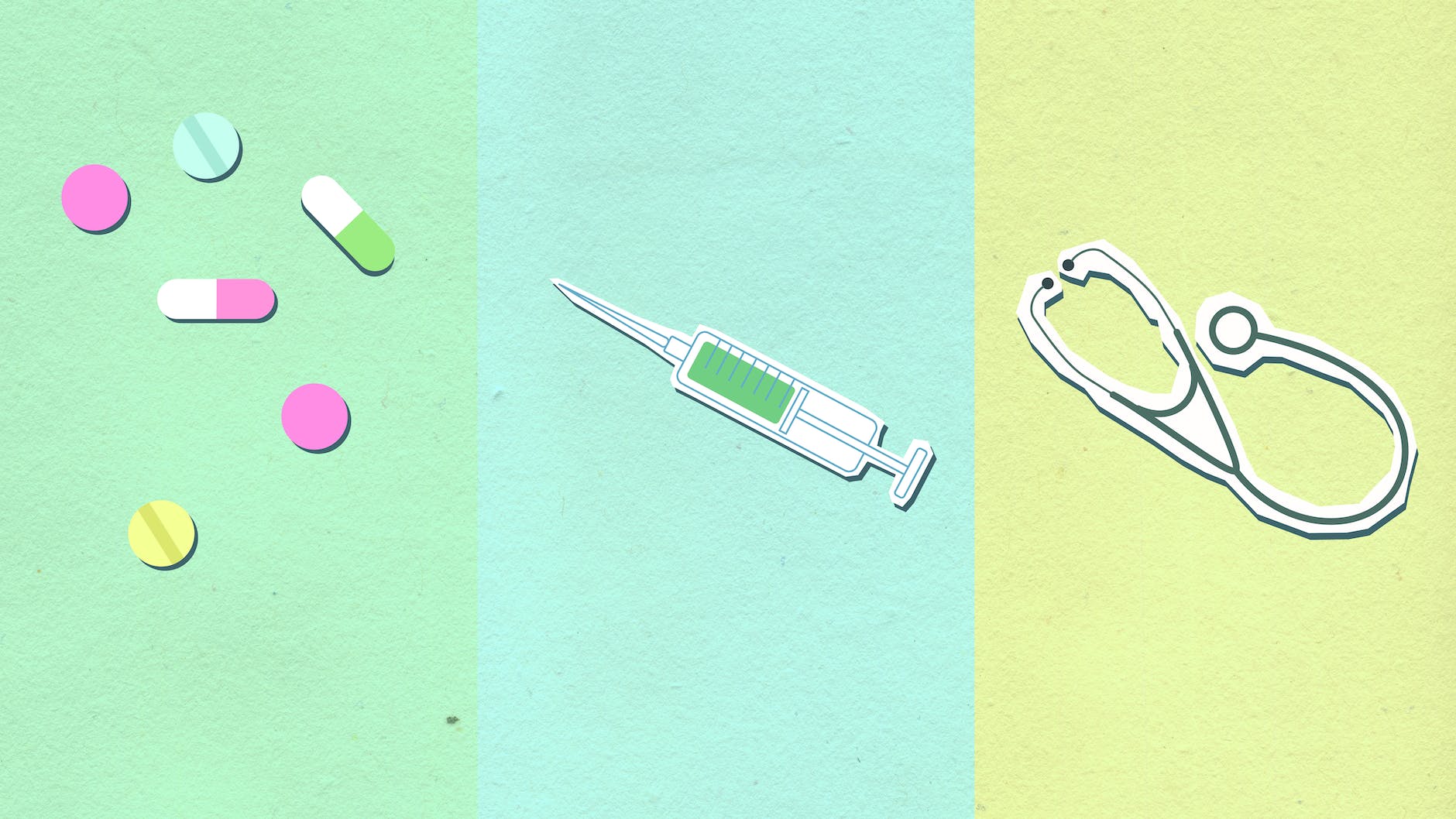Psychedelic art, an aesthetic steeped in vibrancy, intricacy, and surreal imagery, has emerged from its historical role as a visual interpretation of hallucinogenic experiences to a promising form of therapy and healing. By engaging participants in an explorative journey of self-expression and catharsis, psychedelic art has proven its potential in promoting mental health and personal growth.
One striking aspect of psychedelic art is its ability to enable a person to delve into their subconscious and glean profound insights from the depths of their psyche. Distinct from traditional art forms, the psychedelic art experience takes participants on a journey into their inner world, allowing them to confront and express complex emotions, memories, and experiences in a tangible and liberating way. Methods like painting, sculpting, or even digitally creating art can serve as an outlet for the chaos and beauty that often reside beneath consciousness’ surface.
Research has suggested that psychedelic art’s therapeutic effect lies in its potential to stimulate neurogenesis, which is the generation of new neurons or neural connections in the brain, leading to improved cognitive functioning. This linkage was supported in a study published in the International Journal of Neuropsychopharmacology, which discovered that psychedelic substances could enhance neuroplasticity, encouraging the brain to develop new pathways for thought and behavior. This enhanced neuroplasticity can accelerate the healing process in psychological therapy, as seen in numerous case studies where psychedelic substances were administered in controlled therapeutic settings.
Additionally, the practice of creating psychedelic art can stimulate the default mode network (DMN), a network of interacting brain regions fundamental for self-reflection and introspection. Through creating art that captures complex, often indescribable experiences, individuals can see their thoughts and feelings externalized, permitting deeper self-reflection and exploration. As stated in a study from Stanford Medicine, this form of art-making can help reduce anxiety, increase emotional resilience, and strengthen feelings of connection.
The exploration of subconscious terrain is not limited to those who consume psychedelic substances. Visual artists utilize the nature of psychedelic art to create kaleidoscopic canvases known for their power of opening similar mental pathways. Having a tactile medium to express the fluidity and transformation inherent in psychedelic experiences can foster emotional release and catharsis, an essential aspect of healing from trauma.
For those experiencing mental health challenges, whether they are artists or not, psychedelic art can provide a non-verbal language for conveying deep-seated feelings sans linguistic barriers. As noted by the American Art Therapy Association, art therapy encourages the expression of emotions through the creative process – a process that psychedelic art personifies through its vibrancy and fluidity.
The growing recognition of psychedelic art as a tool for healing signifies a paradigm shift in how we view mental health treatment. Traditionally, our understanding of therapy has been limited by the constraints of verbal expression and cognitive understandings of mental health. However, with psychedelic art, the language of therapy is transcended into a realm of vibrant colors, intricate patterns, and boundless imagination – a realm unconfined by words and rich with emotion and experience.
Psychedelic art as a therapy emphasizes the human capacity for self-healing. By engaging one’s inner world through art, individuals can potentially enable healing and enhance mental health through direct, aesthetic expression. While this does not negate the value of traditional therapeutic measures, it does offer an additional avenue for those on their journey to wellness, providing an exciting, engaging, and colorful path to healing and growth.








